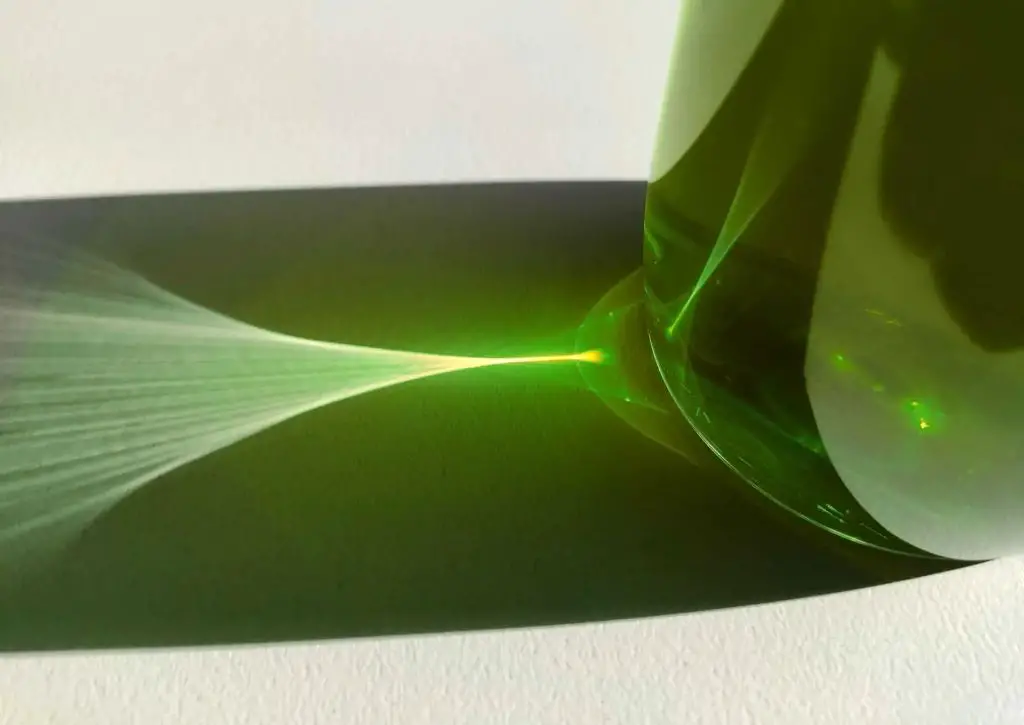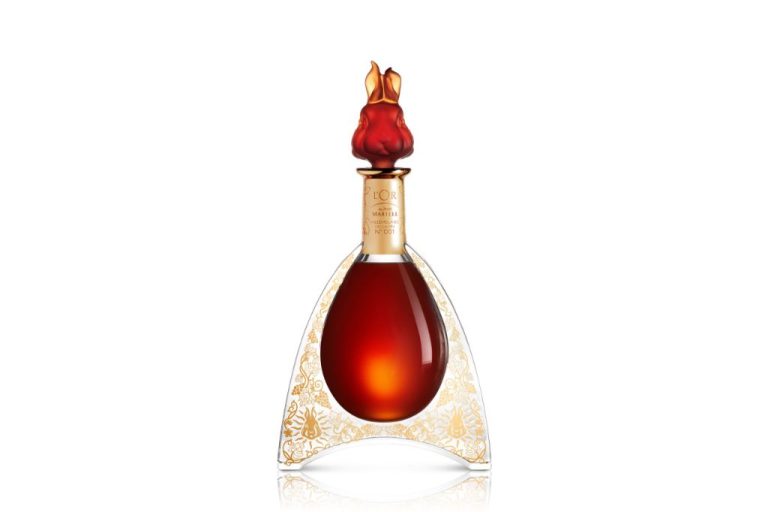Are You Supposed To Keep Olive Oil In A Dark Container?
Properly storing olive oil is important for maintaining its quality and freshness. Olive oil is sensitive to light, heat, and oxygen exposure, which can cause it to degrade and spoil more quickly. Rancid or spoiled olive oil loses its flavor, aroma, and health benefits. Knowing how to best store olive oil can help you get the most out of this beneficial cooking oil.
Olive oil has many culinary uses and health benefits. It contains antioxidants and healthy fats that can help reduce inflammation, cholesterol levels, and risk factors for heart disease and stroke. But these components break down when olive oil oxidizes and becomes rancid. Proper storage helps preserve olive oil’s nutritional value and prevent spoilage.
This article will examine how elements like light, oxygen, and temperature affect olive oil quality. It will provide recommendations for ideal storage methods and containers to keep olive oil fresh for as long as possible.
Oxidation
Olive oil is very susceptible to oxidation, which is a chemical reaction involving oxygen that degrades and spoils the oil over time. When olive oil is exposed to light, heat, and air, it interacts with oxygen and forms oxidative free radicals. These free radicals lead to rancidity, characterized by unpleasant flavors and odors. The process of oxidation also destroys nutrients like vitamin E and polyphenols in olive oil, reducing its health benefits.
Specifically, when olive oil is heated, the unsaturated fatty acids in the oil interact with oxygen to form hydroperoxides. This oxidizes and breaks down the chemical structure of the oil through a chain reaction, leading to rancid compounds that alter the taste and aroma. Even small amounts of heat exposure like repeated warming of olive oil when cooking can accelerate oxidation over time.
When olive oil is exposed to light, especially UV rays, the photosensitive compounds in olive oil also oxidize. Clear olive oil bottles allow light through, which reacts with chlorophyll and various unsaturated fatty acids in the oil. This light-induced oxidation leads to faster degradation of olive oil quality.
Finally, oxygen exposure through contact with air also oxidizes olive oil. Leaving the bottle open or having a partially filled bottle speeds up the oxidation since more surface area is exposed. Oxygen present in the bottle interacts with the oil, slowly breaking it down. Minimal oxygen exposure by minimizing air space in the bottle helps slow this process.
In summary, light, heat, and air accelerate the oxidation process in olive oil through chemical reactions with oxygen. This oxidation causes undesirable changes in olive oil’s flavor, aroma, nutrition, and shelf life over time. Proper storage is essential to slowing oxidation and maintaining olive oil’s quality for as long as possible.
Protective Qualities
Olive oil contains several antioxidants that protect it from oxidation. The main antioxidants found in olive oil include phenolic compounds like hydroxytyrosol, oleuropein, ligstroside, and tyrosol [1]. These phenolic antioxidants scavenge free radicals and inhibit oxidation reactions that lead to rancidity [2]. Additionally, olive oil contains carotenoids like lutein and beta-carotene which have antioxidant properties. The concentration of antioxidants depends on the variety of olives used and how ripe they were when harvested. Extra virgin olive oils tend to have higher levels of antioxidants compared to refined olive oils.
The antioxidant content of olive oil has been linked to health benefits like reduced inflammation, improved cardiovascular health, and anti-aging effects [3]. The antioxidants in olive oil can also benefit skin health by protecting against UV damage when applied topically.
Light Exposure
Light, especially from UV rays, can significantly degrade olive oil quality over time. When exposed to light, olive oil undergoes a process called photooxidation. The UV rays interact with chlorophyll and other pigments naturally found in olive oil, producing free radicals that accelerate oxidation (1). This photooxidation process leads to faster rancidity and a loss of olive oil’s flavor, aroma, and health benefits (2).
One study found that extra virgin olive oil stored in clear glass bottles and exposed to light showed much higher levels of oxidation after 56 days compared to oils stored in the dark (3). The researchers concluded that light exposure has a detrimental effect on olive oil quality.
Another study simulated supermarket conditions by storing olive oil on well-lit shelves. After just a few days, the oils displayed sensory defects like rancid and winey flavors (1). This demonstrates how quickly light can degrade olive oil in real-world storage scenarios.
Overall, research clearly shows that olive oil is highly sensitive to light and UV radiation. Keeping olive oil in dark containers or areas away from light is key to maintaining quality and extending shelf life. The antioxidants in olive oil that provide health benefits are depleted faster when exposed to light-induced oxidation.
Oxygen Exposure
Olive oil is exposed to oxygen every time the bottle or tin is opened and exposed to air. According to Olive Oil Times, exposure to oxygen causes olive oil to start developing rancidity as the oils oxidize. Rancid olive oil takes on unpleasant flavors and odors. The antioxidants in fresh olive oil help protect it from oxygen exposure, but over time the antioxidants break down. The Australian Oils Research Laboratory found that increased oxygen exposure decreased antioxidants and increased rancidity in their 3-year study on olive oil quality (The Blue Olive Shop). To avoid rancidity from oxygen, it’s best to limit the olive oil’s exposure to oxygen by sealing the bottle tightly after each use and storing in a cool, dark place.
Ideal Storage
The ideal way to store olive oil is in a cool, dark place in an airtight container. Experts recommend storing olive oil between 55 and 75 degrees Fahrenheit, away from heat and light sources (1). This prevents the oil from becoming rancid and losing its health benefits and flavor. Light and oxygen cause oxidation, which leads to deterioration. Storing olive oil in an airtight container helps minimize exposure to oxygen. Colored glass or stainless steel containers protect against light. The refrigerator is not an ideal place, as the cold temperature can cause olive oil to become cloudy and solidify (2). A cool, dark cupboard or pantry is best. With proper storage, olive oil can last 12-24 months before going bad (3). The key is keeping it away from heat, light, and air to maintain freshness and quality.
Sources:
(1) https://www.californiaoliveranch.com/articles/how-to-store-extra-virgin-olive-oil-the-dos-and-donts-for-keeping-it-fresh
(2) https://www.tasteofhome.com/article/how-to-store-olive-oil/
(3) https://www.canr.msu.edu/news/store_olive_oil_to_avoid_spoilage_and_maintain_nutritional_quality
Colored Bottles
Using dark colored glass bottles to store olive oil can help protect it from light exposure and oxidation. Tinted or dark bottles block light from reaching the oil, which is important since olive oil can be degraded by light. According to this article, when exposed to sunlight, olive oil will begin oxidizing, negatively affecting the flavor. Dark glass prevents this light exposure.

Colored glass also helps limit oxygen exposure, which can also cause olive oil to go rancid over time. Dark bottles reduce the oxidation from oxygen that leads to degradation. The ideal storage for olive oil is in a tightly sealed, darkened glass bottle. Many decorative olive oil bottles and dispensers designed for kitchen use are made of tinted glass for this protective effect. Overall, storing olive oil in dark colored glass bottles helps preserve freshness and prevent light-induced oxidation.
Shelf Life
The shelf life of olive oil depends on several factors, most importantly whether it is extra virgin olive oil or a lower grade. According to https://brightland.co/blogs/field-notes/does-olive-oil-go-bad, most extra virgin olive oil will last between 18-24 months from the harvest date because it has a higher acid content. Lower grades of olive oil may last a bit longer. Once opened, olive oil should be used within 3-6 months.
There are a few signs that your olive oil has gone rancid or spoiled:
- It smells musty or stale
- It tastes bitter or unpleasant
- It looks cloudy instead of clear
- It foams up when you cook with it
If you notice any of these signs, it’s best to discard the olive oil. Sticking within the shelf life guidelines and proper storage helps prevent spoilage.
Types of Olive Oil
Not all olive oils are created equal, and their ideal storage conditions can vary depending on the type of olive oil. Here’s a look at some of the most common varieties and how best to store them:
Extra virgin olive oil is considered the highest quality and most flavorful olive oil. It’s produced using only the first cold pressing of olives and has a low acidity level. Extra virgin olive oil contains delicate flavors and aromas that can dissipate quickly when exposed to light, heat, and oxygen. It’s recommended to store extra virgin olive oil in a cool, dark place and use within 6-12 months of opening. Refrigeration can cause extra virgin olive oil to become cloudy and solidify but won’t affect quality or taste. Some sources recommend keeping a small amount at room temperature for everyday use, while refrigerating the majority.
Virgin olive oil has a higher acidity level than extra virgin but still comes from the first pressing of olives. It has a good flavor but less complexity than extra virgin varieties. Virgin olive oils should be stored in cool, dark conditions and used within 12-18 months of opening. Refrigeration can extend shelf life slightly but isn’t required.
Pure olive oil and light olive oil undergo more processing and filtering compared to extra virgin and virgin varieties. They have milder flavors and are typically more budget-friendly options. Pure and light olive oils are fairly shelf stable and can be stored in a cool pantry for up to 2 years. Refrigeration is not necessary and can cause clouding.
No matter what type of olive oil you choose, keeping it in a dark colored bottle or container away from heat and light is the best way to maximize freshness and prevent oxidation. Tightly sealed bottles or containers with little oxygen exposure also help prolong shelf life. Following proper storage guidelines allows you to enjoy your olive oil’s optimal flavor and nutritional benefits.
Summary
To maximize the freshness and shelf life of olive oil, the key things to keep in mind are protecting it from light, heat, and oxygen exposure. Olive oil should be stored in a cool, dark place ideally between 65-75°F. Colored glass or tin containers work best to block light and slow oxidation. After opening a bottle, it’s important to use olive oil within 3-6 months before it starts to degrade. Extra virgin olive oil in particular is delicate and should be used sooner rather than later after opening. Minimizing the amount of air in the bottle is also critical to preserve the oil, so bottles should be sealed tightly. Following these best practices allows the flavor, aroma, nutrients, and health benefits of olive oil to stay intact for as long as possible.


